In Partnership With
Contact Golden State ADUs
Drop us a line! We look forward to discussing your next project with you!
Cut the chase! Schedule a face-to-face virtual meeting with us today to dive into your project's next steps.
For our returning clients, experience our streamlined, contact-free project proposal process. Simply fill out our short project questionnaire, and we'll deliver your project proposal within 72 hours.
Contact Us:
Follow Us:
What is an ADU? Accessory Dwelling Unit Explanation
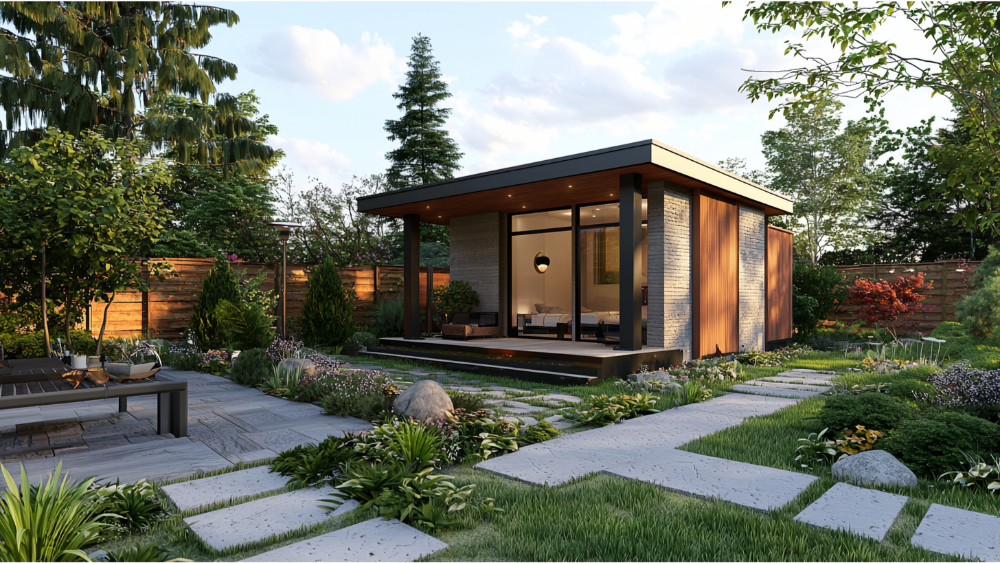
- Golden State ADUs
- Comment 0
What is an ADU? Accessory Dwelling Unit Explanation
An Accessory Dwelling Unit (ADU) is a secondary housing unit located on the same lot as a primary residential property. These versatile structures can serve multiple purposes, such as hosting family members, providing rental income, or functioning as a private workspace. ADUs are celebrated for their ability to increase housing options without altering the neighborhood’s character significantly.
With growing interest in urban density and affordability, ADUs have become a popular solution for maximizing limited space in residential areas. Here we will uncover more information about what an ADU is.
The 4 Types of ADUs
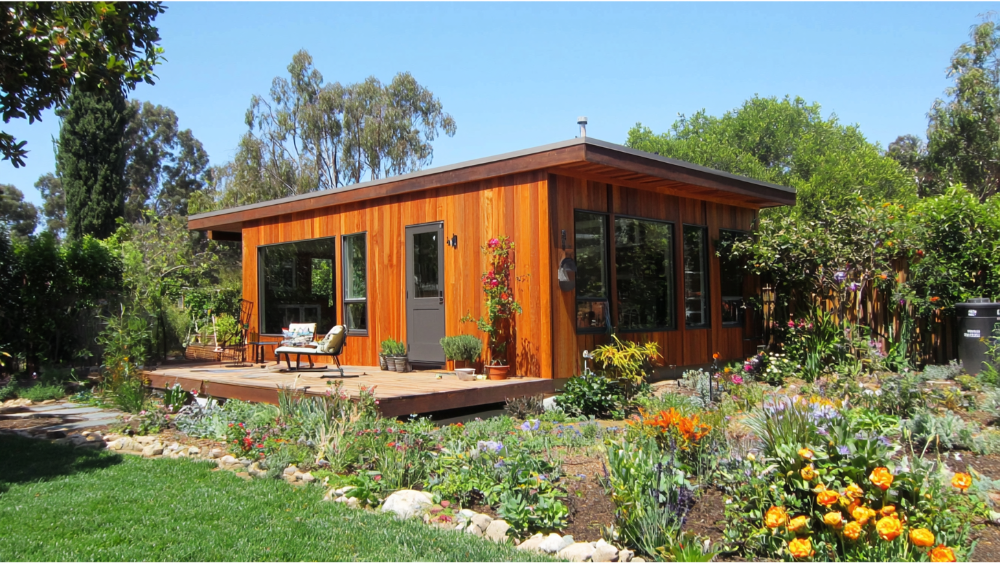
1 | Detached ADUs
Detached ADUs are separate housing units located on the same property as the main residence but are not physically attached to it. Often used as a guest house or rental property, these ADUs provide a private living space that is separate from the main home. They can be custom-built or pre-fabricated, catering to various design preferences and budget constraints.
Detached ADUs contribute to alleviating the housing shortage by effectively utilizing available property space. As affordable housing solutions, they allow homeowners to generate additional rental income while providing renters with a more private living arrangement.
2 | Attached ADUs
These housing units are directly attached to the primary residence, often sharing one or more walls. An attached ADU can take the form of a converted garage or an expanded section of the existing home, offering convenient proximity to the main household. They are ideal for creating additional living space for extended family members, such as elderly parents or adult children.
Attached ADUs efficiently address the housing shortage by using existing structures and minimizing land disturbance. This integration allows for seamless expansion of the living area without the need for separate utility setups.
3 | Interior ADUs
Interior ADUs, often known as basement apartments or in-law suites, are created within the walls of the main dwelling. They transform existing spaces like basements, attics, or garages into fully functional living areas. These ADUs present a cost-effective solution for homeowners seeking to increase their income by renting out space without major renovations.
By tapping into unused or underutilized areas, interior ADUs help mitigate the housing shortage by providing new residential options in strategic urban locations. They make efficient use of existing square footage while preserving the external appearance of the home.
4 | Garage Conversion ADUs
Garage conversions are a popular form of ADU, where the existing garage is repurposed into a livable unit. This type of ADU provides an accessible and affordable housing option by transforming an often-underused space.
Conversions typically include insulation, plumbing, and electrical system upgrades to meet residential standards. With the housing shortage in mind, garage conversions offer a practical solution for creating additional living accommodations. These units can serve as a secondary income stream for homeowners while addressing the increasing demand for affordable housing.
Benefits of ADUs
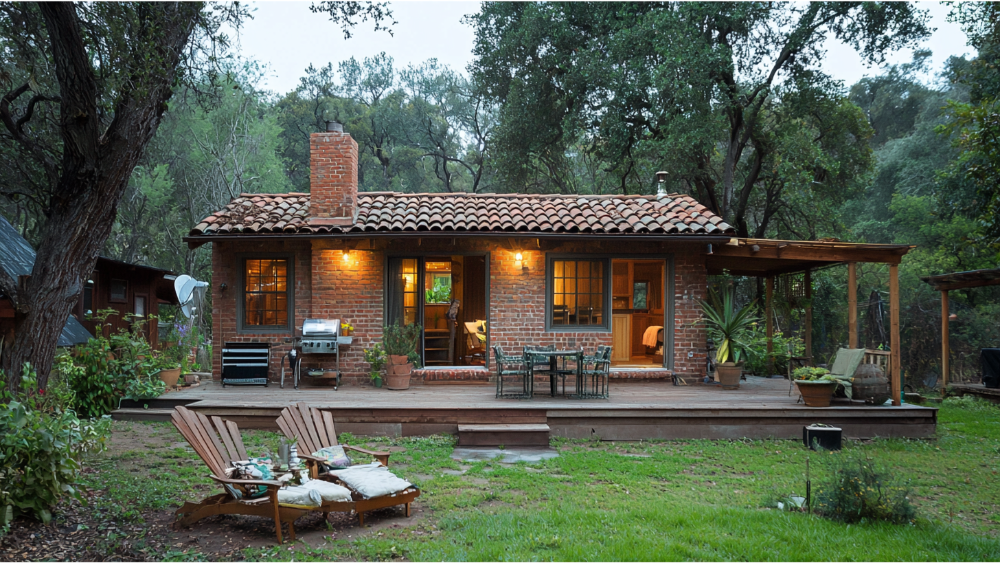
Versatile Housing Options
Accessory dwelling units provide flexible housing solutions, capable of accommodating various living arrangements. Whether used as an in-law suite for aging parents or a rental unit for young professionals, ADUs offer versatility that caters to different household needs. This adaptability makes ADUs an attractive option for families looking to maximize their property’s functionality, all while contributing to local housing diversity.
Increased Property Value
Adding an ADU to your existing property can significantly enhance its market value. The presence of an accessory structure, such as a detached unit, appeals to potential buyers interested in the possibility of generating rental income or accommodating family members. While property taxes may increase, the long-term financial benefits and increased desirability of having an ADU often outweigh the costs.
Income Potential
Accessory dwelling units present homeowners with an opportunity to generate additional income through short-term or long-term rentals. By utilizing an underused section of their property, such as a garage conversion, homeowners can turn an accessory structure into a valuable source of revenue. This income can offset property taxes or contribute to mortgage payments, providing financial relief and stability.
Sustainability and Urban Density
ADUs promote smarter housing development by making better use of existing infrastructure and land. By incorporating accessory dwelling units into existing neighborhoods, cities can manage growth more sustainably without sprawling into undeveloped land. This approach helps in addressing local housing shortages, keeping communities intact while offering more affordable options for future residents.
Family Support and Cohesion
ADUs offer a convenient solution to house family members, whether caring for elderly parents or providing space for adult children. As an in-law suite or attached unit, an ADU allows for proximity and independence, fostering family connections and support. This arrangement can lead to stronger community ties and enhances the sense of family cohesion, while still allowing individual privacy.
Regulations and Zoning Requirements
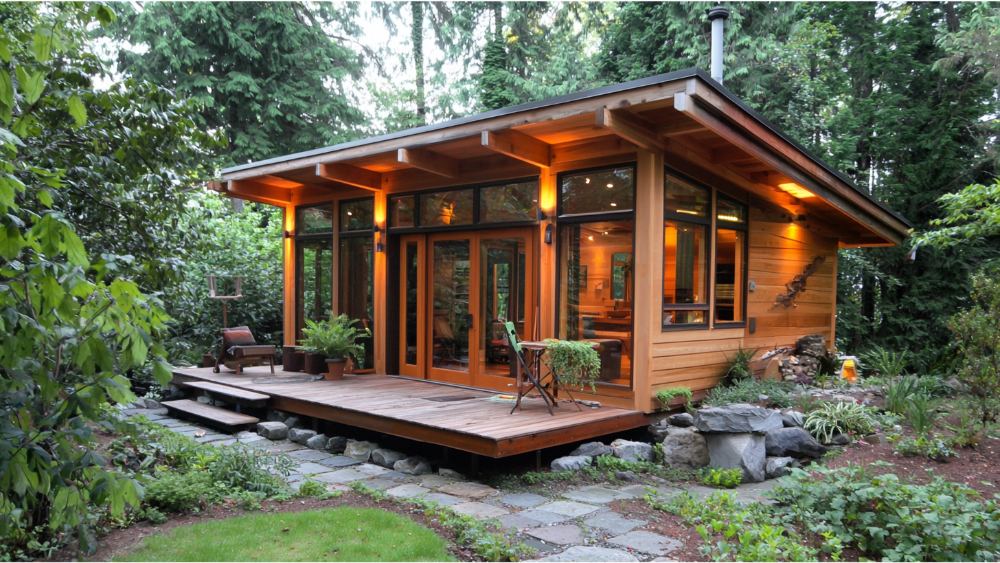
Zoning Regulations for ADUs
Zoning regulations play a crucial role in determining whether and how accessory dwelling units can be developed in residential areas. These regulations often define the size, height, and placement of ADUs on a property, ensuring they align with the neighborhood’s character. Some areas may impose restrictions on the number of occupants or require that properties with ADUs have owner occupancy, where the homeowner must reside on the premises.
Compliance with zoning regulations is essential to avoid legal complications and ensure community acceptance. As residential landscapes evolve, municipalities may periodically update zoning laws to accommodate the increasing demand for ADUs as a viable rental housing solution.
Rental Housing Considerations
For homeowners interested in converting an ADU into rental housing, understanding local regulations and market demands is important. Depending on the jurisdiction, there may be specific requirements for obtaining permits, adhering to safety codes, and providing adequate parking. It is also essential to consider tenant rights and fair housing laws when leasing out an ADU to ensure a smooth rental process.
Offering amenities that cater to potential tenants can enhance rental prospects, while also fulfilling legal obligations related to habitability and accessibility. With growing interest in rental housing, ADUs provide a strategic way of meeting this demand within existing residential environments.
Basement Apartments and Regulatory Compliance
Transforming an existing space into a basement apartment involves navigating a range of regulatory requirements to ensure safety and legality. Building codes for basement apartments often include provisions for adequate lighting, ventilation, and egress, to create a safe living area. Homeowners must be aware of potential zoning restrictions that may impact the conversion process, such as minimum ceiling heights or restrictions on occupancy numbers.
Compliance with local fire safety and electrical standards is critical to securing necessary permits and avoiding costly penalties. By adhering to these regulations, basement apartments can become a compliant and attractive residential option, adding value to the property while expanding urban housing availability.
Frequently Asked What is an ADU Questions
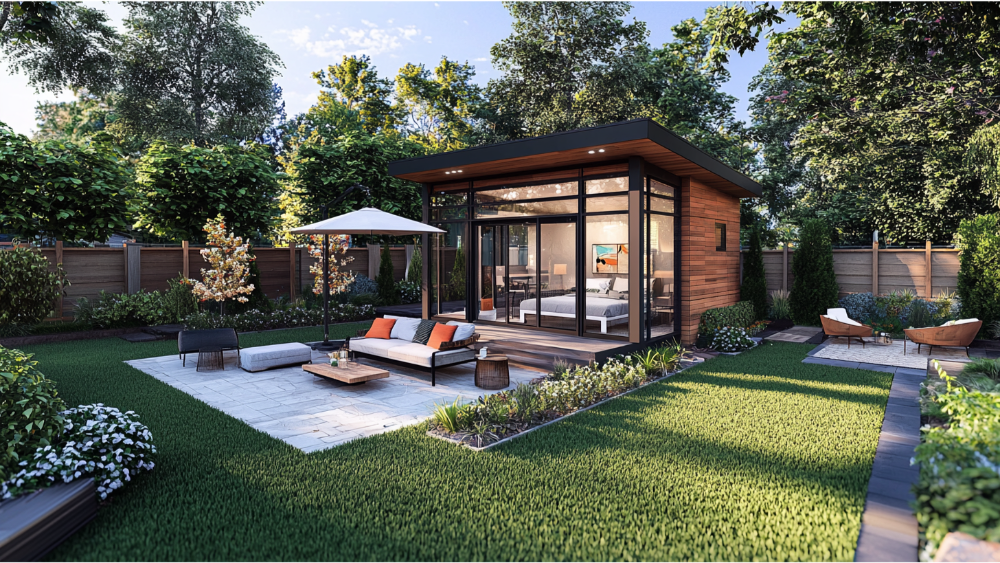
What Does ADU Mean?
ADU stands for Accessory Dwelling Unit. It is an independent residential unit that is secondary to the main housing structure on a property. Often found in the form of small backyard cottages, converted garages, or basement apartments, ADUs provide additional living space and are equipped with the basic facilities of a home, such as a kitchen, bathroom, and sleeping area. These units are designed to be versatile, offering solutions for diverse living arrangements, and are often used to address housing shortages by maximizing the available space within existing communities.
Do ADUs Have Bathrooms?
Yes, accessory dwelling units (ADUs) typically include bathrooms as part of their self-contained design. The inclusion of a bathroom is crucial for ensuring the independence and privacy of residents. Most ADUs are equipped with basic amenities such as a toilet, sink, and shower or bath, similar to a standard residential unit. The specifics, however, can vary depending on the size and layout of the ADU, as well as local building codes and regulations. It’s important for homeowners to consult with local authorities to ensure that the bathroom facilities within their ADU meet all necessary health and safety standards during the planning and construction phases.
What is the Cheapest Option for an ADU?
The most budget-friendly option for constructing an accessory dwelling unit (ADU) is often utilizing existing structures on the property, such as converting a garage or basement. This approach minimizes construction costs by working within the bounds of an already established building, reducing the need for new foundations or extensive external modifications.
Pre-fabricated or modular ADUs offer a cost-effective alternative, as they tend to have lower material and labor costs compared to custom-built units. While the initial outlay is usually less, it is essential to consider factors such as local permitting fees, utility hookups, and any zoning upgrade requirements, which can impact the overall budget. Engaging with a contractor experienced in ADU development can also help in identifying potential savings and ensuring the project remains within financial constraints.
Conclusion

Accessory Dwelling Units (ADUs) represent a practical and versatile solution in addressing the growing need for diverse and affordable housing options within existing communities. By offering additional living spaces without the need for extensive new developments, ADUs simultaneously support family flexibility and enhance community connectivity. Navigating the complexities of regulatory frameworks is vital for homeowners looking to develop ADUs, ensuring legal compliance and maximizing potential benefits. As interest in ADUs continues to rise, they are poised to play a key role in the evolution of urban and suburban landscapes, providing innovative approaches to housing that meet modern demands. Whether used as rental units, in-law suites, or independent living spaces, ADUs hold the promise of sustainable and inclusive growth in residential areas.

